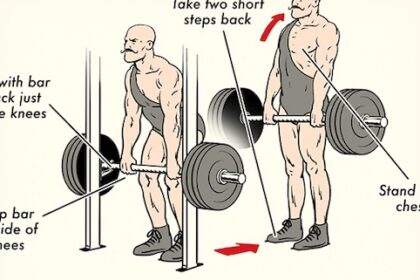PHILADELPHIA — A new study, and the bold doctor who led it, could result in big questions about how researchers study medical devices and surgical treatments and, eventually, what procedures patients undergo.
It starts with coronary angioplasty, one of the most common procedures in medicine, performed hundreds of thousands of times a year in the U.S. alone. A balloon catheter is snaked up into a clogged artery in the heart and expanded to open the blood vessel. It leaves behind a metal scaffold, called a stent, that is used to prop the artery open.
In people who have just had a heart attack, this can be lifesaving. But frequently angioplasty is used mainly to relieve chest pain, or angina. And though this use dates back decades, angioplasty and stents have never passed the basic test any new pill for relieving symptoms has to clear: outperforming a placebo in a clinical trial where patients were blinded, meaning they don’t know whether they got the treatment or not.









